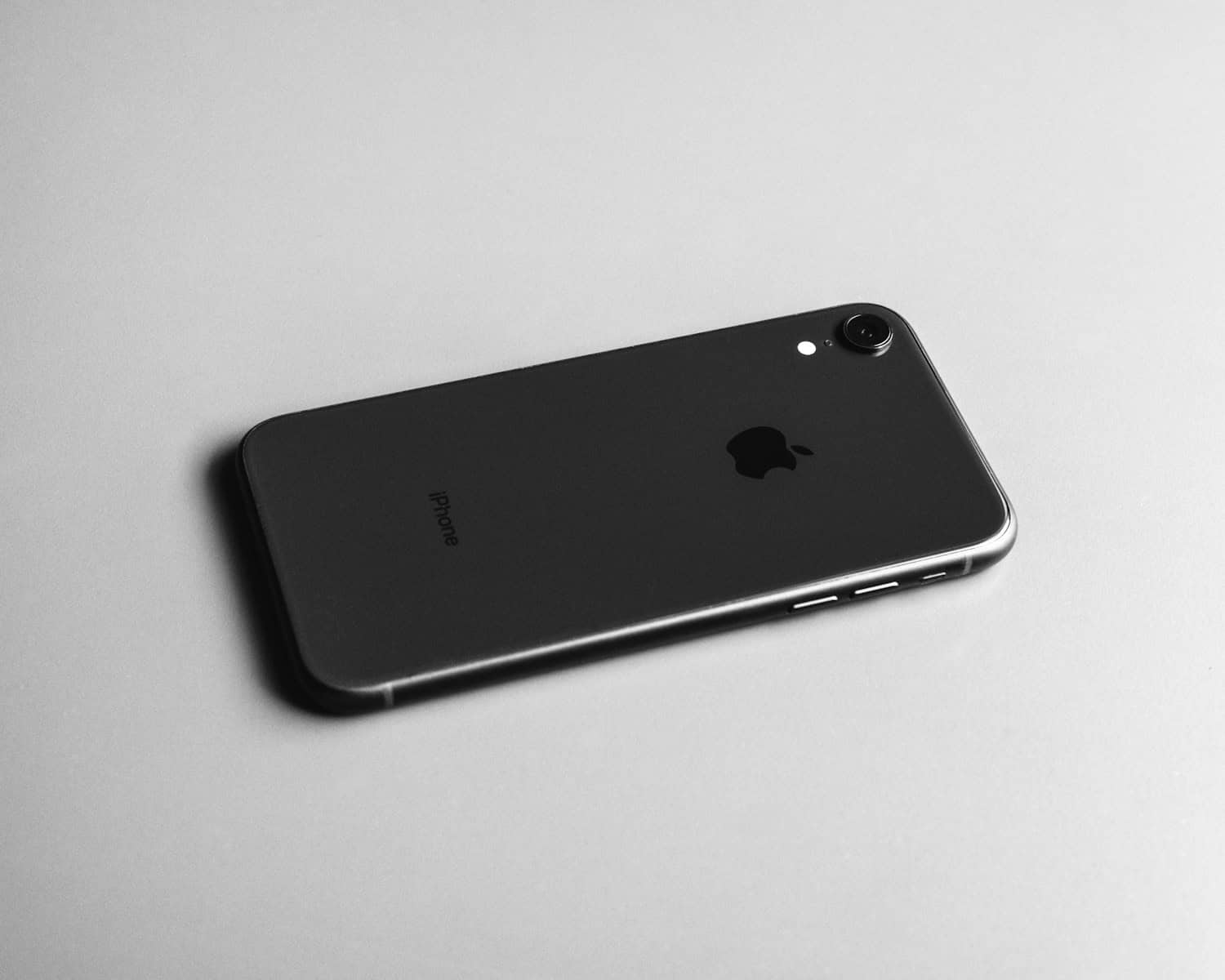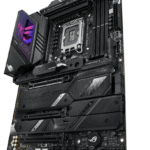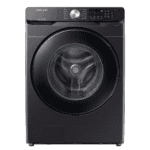Dealing with an “invalid SIM” or “no SIM” error on your iPhone can be frustrating. This error can happen unexpectedly and leave you unable to connect to your mobile network, making it impossible to make calls, send texts, or use cellular data. Luckily, you can often solve this issue with a few simple steps. First, make sure your iPhone’s software is updated and that the SIM card is properly inserted. Check for dust or damage on the SIM card itself. If you’re having trouble with SIM card recognition on your iPhone, try restarting the device or toggling Airplane Mode. Sometimes, a carrier settings update is available and can resolve the issue. If these initial steps don’t work, try removing the SIM card and checking for any signs of damage or dirt. If the card is dirty, gently wipe it with a microfiber cloth. In some cases, the issue might be with the carrier, so ensure you have an active plan.
Troubleshooting Your iPhone’s SIM Error
If you’re seeing the “Invalid SIM” or “No SIM” error on your iPhone, it can be a major inconvenience. Don’t worry! Here are some troubleshooting steps you can take to address the issue:
Check Your Carrier Service Plan
First, let’s make sure your cellular plan is active. Here’s what to do:
- Contact your carrier: Reach out to your wireless carrier and confirm that your account is in good standing and you have an active cellular plan.
Restart Your iPhone
Sometimes, a simple restart can refresh your iPhone’s system and resolve the SIM error.
Update Carrier Settings
Carriers regularly release updates to improve network connectivity. Here’s how to check for updates:
- Go to Settings: Open the Settings app on your iPhone.
- Tap General:
- Tap About: If an update is available, you’ll see an option to update your carrier settings.
Reseat the SIM Card
Make sure your SIM card is positioned correctly in the SIM tray. Here’s how:
- Eject the SIM tray: Use the SIM eject tool (or a paperclip) to gently pop out the SIM tray.
- Remove the SIM card: Carefully remove the SIM card from the tray.
- Inspect the SIM card: Check for any visible damage.
- Reinsert the SIM card: Place the SIM card back into the tray and ensure it’s properly seated.
- Reinsert the SIM tray: Gently push the SIM tray back into your iPhone.
Try a Different SIM Card
If you have access to another compatible SIM card, try using it. This will help determine if the issue is with your current SIM card or your iPhone itself.
Additional Troubleshooting Tips
Here’s a table showcasing a few more solutions:
| Solution | Description |
|---|---|
| Reset network settings | This option will erase saved Wi-Fi passwords, Bluetooth settings, and VPN configurations. Go to Settings > General > Transfer or Reset iPhone > Reset > Reset Network Settings. |
| Update your iPhone | Make sure your iPhone is running the latest version of iOS. Go to Settings > General > Software Update. |
| Contact Apple Support | If none of the above solutions work, it’s time to reach out to Apple Support for further assistance. They might suggest performing a factory reset or looking into potential hardware issues. |
Hopefully, these steps will resolve the “Invalid SIM” or “No SIM” error on your iPhone!
Key Takeaways
- A SIM error can disable network services and is typically fixable.
- Simple steps include checking for updates, reseating or cleaning the SIM card.
- If issues persist, contacting your carrier or seeking professional help may be necessary.
Identifying SIM Card Issues
When an iPhone or iPad shows “no SIM” or “invalid SIM,” it’s crucial to inspect the SIM card and tray for problems. These checks can solve common SIM card errors.
Checking SIM Tray and Card
The SIM tray is a key part of an iPhone or iPad that holds the SIM card in place. If it’s put in the wrong way, the device may not recognize the SIM card. To check the SIM tray and card, follow these steps:
- Turn off the device.
- Use an ejector tool or a straightened paper clip to gently eject the SIM tray.
- Look at the SIM card and tray for any visible signs of damage or debris.
- Clean any dust off the SIM card with a soft, lint-free microfiber cloth.
- Re-insert the tray with the SIM card into the device, ensuring it fits snugly.
Be sure that the SIM card and tray come from the same iPhone or iPad model. Using mismatched parts could cause recognition issues.
Understanding Error Messages
Error messages like “no SIM,” “invalid SIM,” or “SIM not valid” can indicate various issues. Each message provides a clue about the problem:
- No SIM: The device does not detect a SIM card. Ensure the card is present and seated properly.
- Invalid SIM: The device recognizes a SIM card but cannot use it. This may be due to damage or incompatibility.
- SIM not valid: The SIM card might be locked to a different carrier or unsupported on the device.
For “SIM failure” or “no service,” consider checking if the card is active with your carrier. If it’s a physical SIM card issue, these messages will often appear after you have done everything correctly. It might indicate a need to replace the SIM card or contact your carrier.
Troubleshooting and Resolution
When an iPhone shows an ‘Invalid SIM’ or ‘No SIM’ error, it can disrupt calls, texts, and data services. The following steps provide clear solutions to resolve the issue.
Network and Carrier Settings
Check Carrier Settings: The user should ensure they have an active plan with their carrier. They need to go to Settings > General > About to check for a carrier settings update. If an update is available, they should follow the on-screen instructions to install it.
Reset Network Settings: If the issue persists, the user may reset the network settings. This step involves going to Settings > General > Reset and tapping Reset Network Settings. This action clears current cellular and Wi-Fi network settings, including saved networks, Wi-Fi passwords, and VPN settings.
System Software Solutions
Restart the iPhone: Sometimes, simply restarting the iPhone can fix the ‘Invalid SIM’ error. Press and hold the side button and either volume button until the power off slider appears. Drag the slider to turn the device off, then press and hold the side button to turn the device back on after a minute.
Software Update: Running an old version of iOS could cause SIM card issues. Users should go to Settings > General > Software Update to check for an available iOS update.
Factory Reset: As a last resort before seeking professional service, users can perform a factory reset. This will erase all content and settings on the iPhone. The user should ensure they have backed up their data before executing this step under Settings > General > Reset > Erase All Content and Settings.
Professional Service and Repair
Visit Apple: If the above steps do not resolve the error, the user may need professional repair. They can schedule an appointment at the nearest Apple Store or contact Apple Support for further assistance.
Check for Physical Damage: The user should inspect their SIM card tray for any signs of damage. If water damage or physical harm is visible, professional repair will likely be necessary. Users should avoid attempting repairs themselves, as this can void warranties and cause further issues.
Frequently Asked Questions
When experiencing an invalid SIM or no SIM error on an iPhone, quick action can often resolve the issue. This section addresses common concerns and offers specific steps to troubleshoot and fix such SIM-related problems.
What are the steps to resolve an invalid SIM or no SIM error on an iPhone?
First, confirm that your wireless carrier plan is active. Restarting the iPhone is a simple and often effective method to clear errors. If that doesn’t work, ensure that your iPhone has the latest carrier settings by going to Settings, then General, and About. Check for any updates. If the issue persists, remove the SIM card, check it for visible damage or dirt, and then reinsert it.
Why does my iPhone display a no SIM error even though a SIM card is inserted?
A no SIM error could appear if the SIM card is not seated properly or is dirty. To fix, power off the device, remove the SIM card, and check that it is clean and undamaged. Reinsert it carefully, ensuring it fits securely in its tray. Turn the iPhone back on to see if the error clears.
What could be the reason for SIM failure on my iPhone, and how can I fix it?
Reasons for SIM failure include a deactivated SIM, outdated software, or even a faulty SIM card. Start by turning on and off Airplane Mode, which can re-establish network connections. If that fails, try reseating or replacing the SIM card. It may be necessary to contact your carrier for a replacement if the SIM is faulty.
What does it mean when my iPhone shows a SIM error message?
A SIM error message indicates that the phone cannot detect the SIM card or recognize its validity. This could stem from software issues, a bad SIM card, or physical problems with the SIM tray or card contacts.
How can I troubleshoot an iPhone that is indicating an invalid SIM?
Begin by toggling Airplane Mode on and then off, as this can sometimes refresh the connection. Next, inspect the SIM card and its tray for any dirt or debris. Updating your iPhone’s software to the latest version may also resolve the issue. If problems continue, reset network settings by going to Settings, General, Reset, and then selecting Reset Network Settings.
What should I do if my iPhone continuously reports a no SIM or invalid SIM card error?
Continuous errors may require a more thorough approach. Ensure your iPhone’s operating system is up to date. Clean the SIM card with a dry cloth and reinsert it carefully. Another step involves resetting the iPhone’s network settings. If these steps fail, reach out to your carrier to check the SIM card’s status or to request a replacement.







